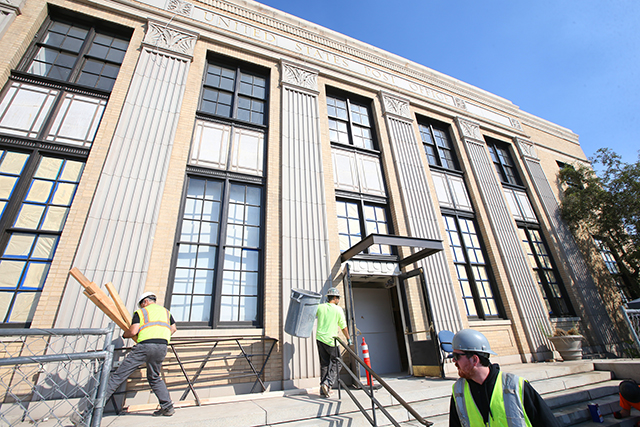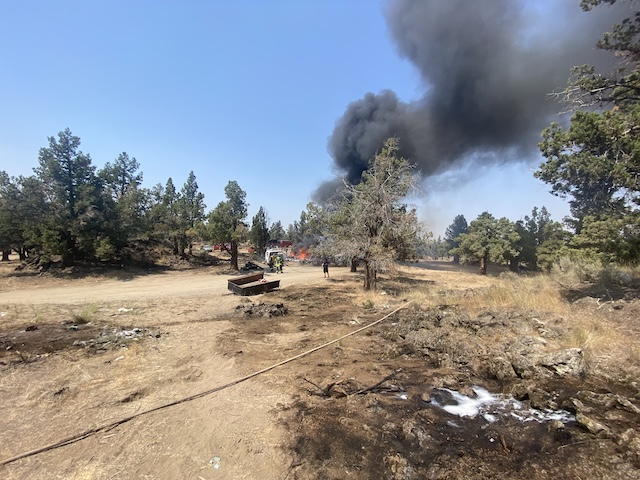Change in Oregon construction safety rules
Published 11:56 pm Wednesday, January 4, 2017

- Construction workers install roofing on new homes in southeast Bend in July 2016. The Oregon unemployment rate was 5.1 percent that month. A year later, it was 3.8 percent. (Joe Kline / The Bulletin)
Two new safety regulations that affect the construction industry take effect this year in Oregon, according to the state Department of Consumer and Business Services.
A change to the “trigger height,” the minimum height at which workers must be protected from falls, was lowered from 10 feet to 6 feet, according to the department. A related change takes effect Oct. 1, when slide guards will no longer suffice as a method of protecting workers from falling off of sloped roofs.
Trending
“It’s worth noting that some of the larger construction contractors to a not-insignificant extent are already using harness systems and personal fall protection systems,” said Aaron Corvin, spokesman for the Consumer and Business Services Department. “It isn’t as though this is coming as a super-new thing.”
Falls accounted for 774 construction worker injuries from 2013 to 2015, according to the department. The Oregon Fatality Assessment and Control Evaluation, a database of on-the-job deaths kept by Oregon Health & Science University, shows the two most recent construction fatalities related to falls took place in 2013.
In one, a 25-year-old worker fell from a scaffold between girders under a traffic bridge. The worker, unidentified in the accident summary, fell 23 feet to rocks below and died a day later from blunt force head trauma, according to the summary.
In another, a 33-year-old construction worker died of multiple injuries 11 days after falling 15 feet from a residential roof onto a garage roof and then to the ground. That worker was seen carrying a fall-protection anchor with him to install on the roof, according to the report summary.
Failure to adhere to fall-safety requirements generated the most citations in 2016 in the Oregon construction industry, according to the Consumer and Business Services Department. Inspectors issued 289 violations and initial penalties totaling $603,010.
The new regulations will make construction work more cumbersome, but not necessarily more expensive, said one Central Oregon builder. Mike O’Neil, president of SolAire Homebuilders, of Bend, said the new trigger height lowers the minimum from about the height of a one-story home to that of a step ladder.
Trending
“I’ve been doing this a long time, and we went from no protection to a lot of safety designs, like roping yourself off onto the roof,” O’Neil said Tuesday. “It’s not so much the cost of equipment as the loss of production, but how do you measure that against someone’s life or health?”
He said he could not recall any of his workers, who built about six homes last year, suffering a fall injury recently.
“Since we put so much fall protection in place already, it’s almost more hazardous to climb up and down ladders to start working,” he said.
Corvin said the Oregon rule changes stem from a federal Occupational Safety and Health Administration decision to impose similar rules.
“We have some room to protect workers in our own way, but there is a provision (for) programs being at least as effective as what you’re looking at on the federal level,” Corvin said Tuesday.
The Oct. 1 deadline requiring building contractors to have fall arrest and fall restraint equipment in place is meant to give those contractors time to obtain that equipment, he said.
— Reporter: 541-617-7815, jditzler@bendbulletin.com








